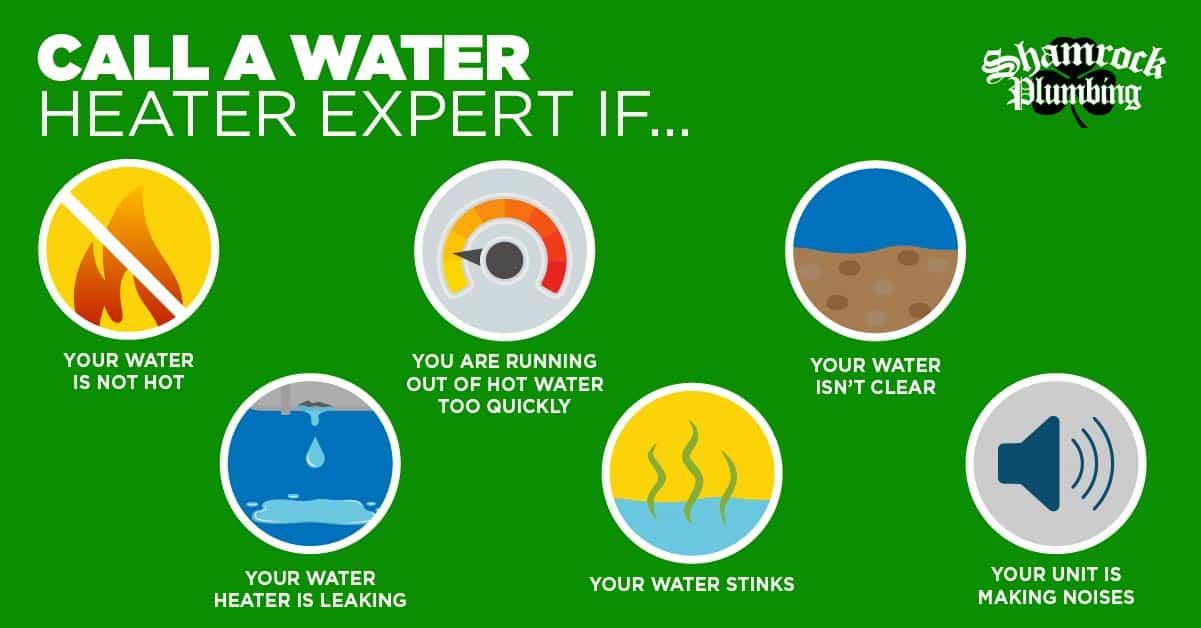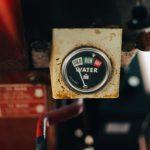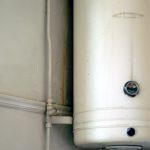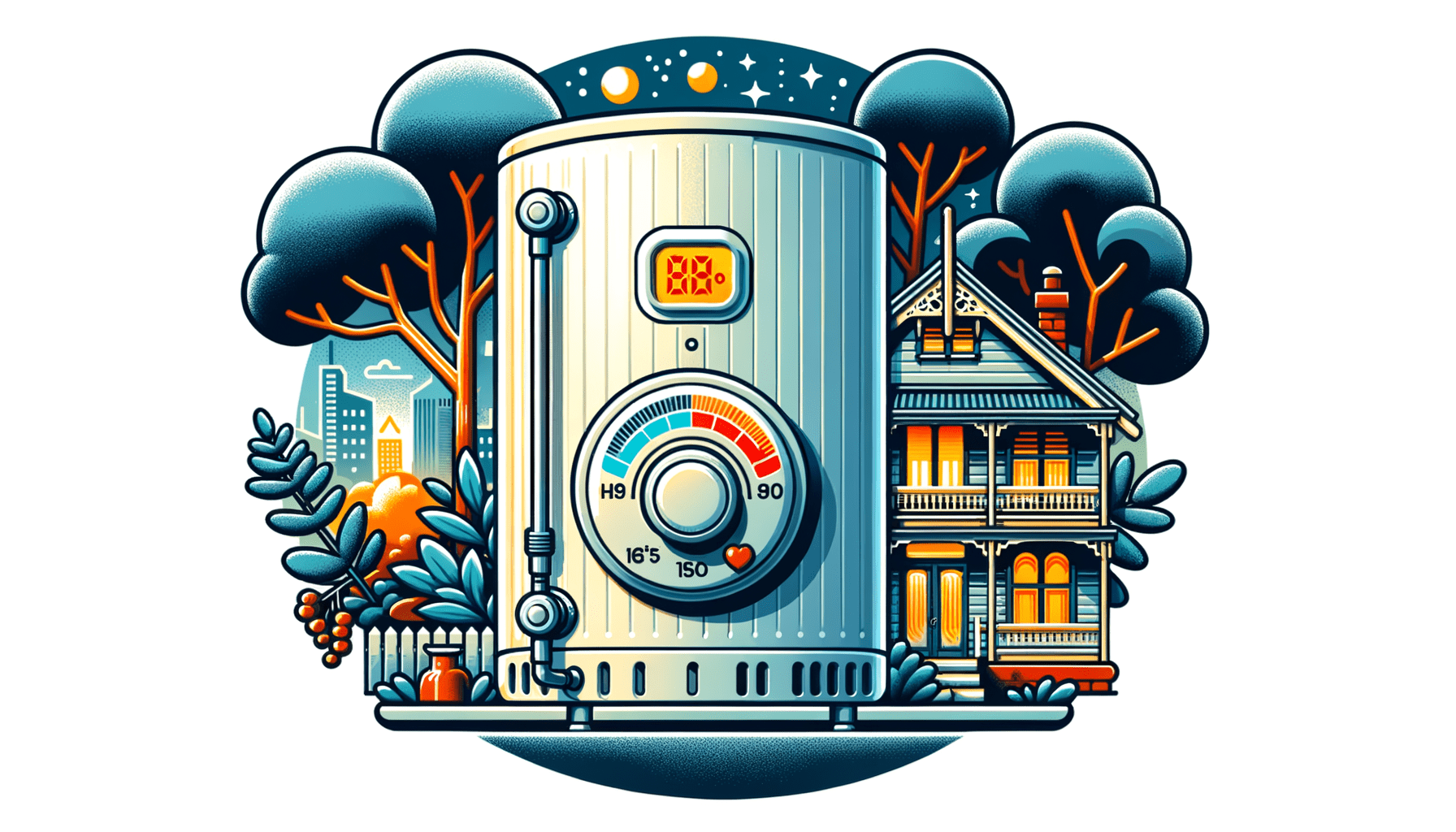G’day, mate! You’ve come to the right place if you’re scratching your head over your water heater settings. As a proud Sydneysider, it’s essential to know the correct temperature setting for your water heater. And not to worry, we’ll do a deep dive into this in Aussie measurements so you won’t have any misunderstandings.
Contents
- Identifying Ideal Hot Water Temperatures
- Possible Outcomes: Excessive or Insufficient Heat
- Gauging Temperature for Safety: Scalding
- Introduce Legionella: A Potential Risk
- Incorporating a Tempering Valve: Yes or No?
- Remember these Crucial Points about Hot Water
- Is Your Water Heater Energy Efficient?
- Upgrading your Water Heater: The Whys
- Factors Influencing Optimal Temperature Selection
- Suggested Temperature Settings for Hot Water Systems
- Selecting a Suitable Temperature For Your Home
- Hazard Alert: High Water Temperatures
- Procedure to Alter Water Heater’s Temperature
- Get Professional Assistance: When to Call
- Conclusion
- Frequently Asked Questions (FAQ)
Identifying Ideal Hot Water Temperatures
In our sunburnt country, we love a good hot shower, but what’s the perfect temperature? According to Energy.gov.au, an ideal storage water heater setting is 60 degrees Celsius. This helps prevent nasty bacteria growth and does wonders for your energy bill too (1, 2).
Thinking about general use like showering or washing your hands? The sweet spot is around 38-42 degrees Celsius (4). For instantaneous hot water systems, you should aim for a fifty degrees setting. This can reduce the risk of scalding and save energy (3).
There is a lot to consider when setting your water heater temperature. From safety concerns to possible health risks and even energy efficiency – all play an important role (1).
Possible Outcomes: Excessive or Insufficient Heat
The temperature of the hot water in your home isn’t just about comfort—it can also impact machines like dishwashers. Higher temperatures can increase scaling and maintenance due to mineral build-up in hard water areas (7).
An insufficiently heated bath may feel mildly annoying, while an excessively hot one could scald human skin. Moreover, setting your unit above 60 degrees Celsius can waste energy and increase utility bills without providing any additional benefits.
Interestingly enough, for every 6 degrees Celsius reduction in your water heater’s temperature, energy savings of between 3-5% can be achieved (8). So it pays off to find a balance!
Gauging Temperature for Safety: Scalding
Your water heater isn’t merely an appliance; it should be seen more as a tool. It’s crucial to use it safely and responsibly. Scalding is a significant concern when dealing with excessively hot water.
The New South Wales Fair Trading points out that hot water should be delivered to sanitary fixtures used primarily for personal hygiene at a maximum of 50 degrees Celsius to minimize scalding risks (5).
Even though being engulfed by a stream of hot water might sound comforting, safety always comes first, so keep these numbers in mind.
Introduce Legionella: A Potential Risk
Even the best-maintained home appliances can pose potential risks if not monitored well. In this case, it’s the risk of Legionella bacteria growth in your hot water system.
The Australian Government’s YourHome website suggests setting the water heater to no more than 60 degrees Celsius to prevent Legionella bacteria growth (1).
Having Legionella bacteria in your heated water can lead to severe health consequences like Legionnaires’ disease. Maintaining the right temperature isn’t just about comfort—it’s potentially lifesaving.
Incorporating a Tempering Valve: Yes or No?
A tempering valve could be an instrumental addition to your home plumbing system. It blends hot and cold water coming out of your storage water heater, regulating temperature fluctuations before delivery.
This valve ensures consistent temperature delivery and significantly reduces the possibility of scald accidents. The decision is yours, but safety should always come first—and a tempering valve is undoubtedly worth considering!
Remember, the goal of having a water heater in your home is to use it effectively and safely. Adjusting the temperature settings for comfort while keeping safety in mind ensures a great user experience!
Remember these Crucial Points about Hot Water

First and foremost, maintaining the correct and consistent temperature in your water heater is key to ensuring both comfort and safety.
Data from the Australian Energy Regulator has shown that heating water can take up about 21% of energy usage in Australian households (6). Therefore, monitoring and managing your appliance’s heat levels can add up to significant savings over time.
Never underestimate the importance of regular maintenance and timely inspections. It will keep your unit running effectively and increase its lifespan.
Is Your Water Heater Energy Efficient?
This problem may seem daunting at first, but worry not! An efficient water heater can greatly reduce energy consumption without sacrificing comfort or safety.
Every homeowner should aim to maximize their hot water system’s efficiency. This can be achieved by maintaining appropriate temperature settings, considering additions like a tempering valve, and ensuring regular maintenance checks from reputable organizations such as Master Plumbers’ Association of Australia.
Remember, whether it’s a shower, bath, or washing machine cycle; starting with properly heated water makes all the difference! Keep these tips in mind to prolong your appliance’s life while keeping utility bills down.
Upgrading your Water Heater: The Whys
The mention of an upgrade on your water heater might sound like a stressful endeavour. No worries, mate, it’s not as prickly as you reckon! Upgrading your water heater is crucial to ensure the system operates efficiently without forking out excessive energy costs. According to the Australian Energy Regulator, heating water accounts for around 21% of the energy usage in Aussie households. That’s quite a significant chunk!
Vital to note is complexity around maintaining the proper temperature. Maintaining the correct temperature not only aids in dropping bills but can also elongate the lifespan of your entire system. Importantly, it garners higher safety levels, deterring awful injuries that come from scalding hot water.
Factors Influencing Optimal Temperature Selection

It’s not just about choosing any temperature settings for your heater. There are factors at play influencing optimal selection. In simpler terms, you are factoring in multiple considerations when settling on a comfortable and economic range.
First on the list is legionella bacteria prevention. The presence of these bacteria can lead to harmful illnesses like Legionnaires’ disease. According to the Australian Government’s YourHome website, setting the water heater no more than 60 degrees Celsius saves you from encouraging unwanted bacteria growth.
Next up is energy consumption. High temperatures equate to more energy intake, leading to puddles of wasted dollars each ouzo round at the pub!
Suggested Temperature Settings for Hot Water Systems
An interesting fact was found on Energy.gov.au. The site recommends setting storage water heater temperatures at 60 degrees Celsius for safely reducing energy consumption. This temperature ensures total annihilation of harmful bacteria.
For instantaneous or continuous hot water systems though, they suggest a cooler environment – just about 50 degrees Celsius. This slight reduction prevents scalding and also aids in saving energy, helping your hip pocket breathe a little easier!
Selecting a Suitable Temperature For Your Home
Choosing a suitable temperature for your home isn’t as daunting as it sounds! Of course, you know that different appliances require different temperatures. Your shower and dishwasher don’t demand the same heat. Generally speaking, the average preferred shower temperature gleans around 38-42 degrees Celsius. Meanwhile, most dishwashers need their water heated to a throbbing 60 degrees Celsius to obliterate any food residue and bacteria.
Hazard Alert: High Water Temperatures
A risk to consider with high temperatures – it’s not just about damaging your dishwasher or decimating those shower moments. Higher temperatures hold the risk of causing scalds, especially if you have kiddies or older family members. According to the New South Wales Fair Trading, hot water should not be delivered to sanitary fixtures used primarily for personal hygiene at more than 50 degrees Celsius to minimize scalding risks.
They’re not just risky for your skin too – systems set above 60 degrees Celsius in hard water areas will increase scaling along with those maintenance headaches due to mineral buildups.
Procedure to Alter Water Heater’s Temperature
No worries, you don’t need a degree to fiddle with your heater settings! Adjusting the temperature setting is relatively straightforward, although every heater type differs slightly. Review the manufacturer’s instructions carefully before changing any settings. Typically, this process involves turning off the circuit breaker feeding electricity to the heater, adjusting the thermostat by hand, then switching things back on again – Bob’s your uncle!
Just remember, any significant alterations are best left to the professionals. So, if you’re unsure or concerned about safety, place a call to us at Dan’s Plumbing.
Get Professional Assistance: When to Call
At times tweaking these settings might not be enough to fix an underperforming water heater. If you’re scrutinising excessively high bills despite maintaining suggested temperature settings, or dealing with hot water shortages frequently, tossing a holler at us won’t go amiss!
Issues may stem from internal faults or malfunctions that deserve the keen, trained eye of a professional. Don’t hold your horses getting this examined – persisting issues could lead down the path of costly failures or poor household safety.
Conclusion
To sum up, managing the optimal water heater temperature is vital for both safety and cost-efficiency. Remember the recommended figures: 60 degrees Celsius for storage heaters and 50 degrees Celsius for instantaneous heaters. And if in doubt or hitting technical brick walls – our plumbing experts here at Dan’s Plumbing are always geared up ready to lend a trained hand!
Frequently Asked Questions (FAQ)
1. What is the optimal temperature for a water heater?
The ideal temperature depends on the type of water heater. If you have a storage water heater, the recommended temperature is 60 degrees Celsius, and for instantaneous heaters, it is 50 degrees Celsius.
2. Why should I set my water heater to 60 degrees Celsius?
Setting your water heater to 60 degrees Celsius is optimal for reducing energy consumption and preventing the growth of harmful bacteria like Legionella.
3. Can high water temperatures cause any problems?
Absolutely! High water temperatures can lead to an increased risk of scalds and cause damage to appliances such as dishwashers. They can also lead to increased energy consumption and higher utility bills.
4. What is Legionella and why should I be concerned?
Legionella is a bacterium that can grow in warm water and can cause a severe form of pneumonia known as Legionnaires’ disease. This is why it’s crucial to set your water heater temperature to a specific degree that will prevent its growth.
5. How can I adjust the temperature of my water heater?
Adjusting the temperature setting of your water heater is usually straightforward, but the exact procedure can vary depending on the specific model. Typically, you’ll need to turn off the circuit breaker, adjust the thermostat manually, and then turn the breaker back on. Consult your manufacturer’s instructions or get professional assistance if necessary.
6. When should I call for professional assistance?
If you are unable to adjust the temperature yourself, if your energy bills are unexpectedly high despite proper temperature settings, or if you’re experiencing consistent hot water shortages, it’s time to get professional help. Persistent issues could indicate internal malfunctions that need to be addressed promptly to avoid more costly repairs and safety concerns.
7. Can I make my water heater more energy-efficient?
Yes, certainly! Maintaining the appropriate temperature settings, considering installing a tempering valve, and ensuring your water heater is regularly maintained are all ways to improve the energy efficiency of your water heater.
8. Why should I consider upgrading my water heater?
Upgrading your water heater can help ensure it operates efficiently, reducing energy costs. Plus, maintaining the correct temperature can increase the lifespan of your system and improve safety.
- Can I Get a Plumber to Help Me Install An Under Sink Water Boiler in Our Office Kitchen? - September 14, 2024
- Can a Plumber Help Me Clear a Badly Clogged Toilet? - September 4, 2024
- Can a Plumber Help Me to Replace a Bathtub Drain Stopper? - August 29, 2024
Related posts:
 Should I Adjust The Temperature On My Sydney Hot Water System?
Should I Adjust The Temperature On My Sydney Hot Water System?
 How Do I Reset a Tripped Water Heater Circuit Breaker?
How Do I Reset a Tripped Water Heater Circuit Breaker?
 How Do I Know If I Have a Water Heater Leak? Can Plumbers Do a Test?
How Do I Know If I Have a Water Heater Leak? Can Plumbers Do a Test?
 What Causes Hot Water to Run Out So Quickly in My Brisbane Townhouse?
What Causes Hot Water to Run Out So Quickly in My Brisbane Townhouse?
 How Can You Minimise Hot Water System Corrosion?
How Can You Minimise Hot Water System Corrosion?
 What Should I Do If My Hot Water Service Is Leaking? Is It Time For a Plumber to Replace The Whole System?
What Should I Do If My Hot Water Service Is Leaking? Is It Time For a Plumber to Replace The Whole System?



